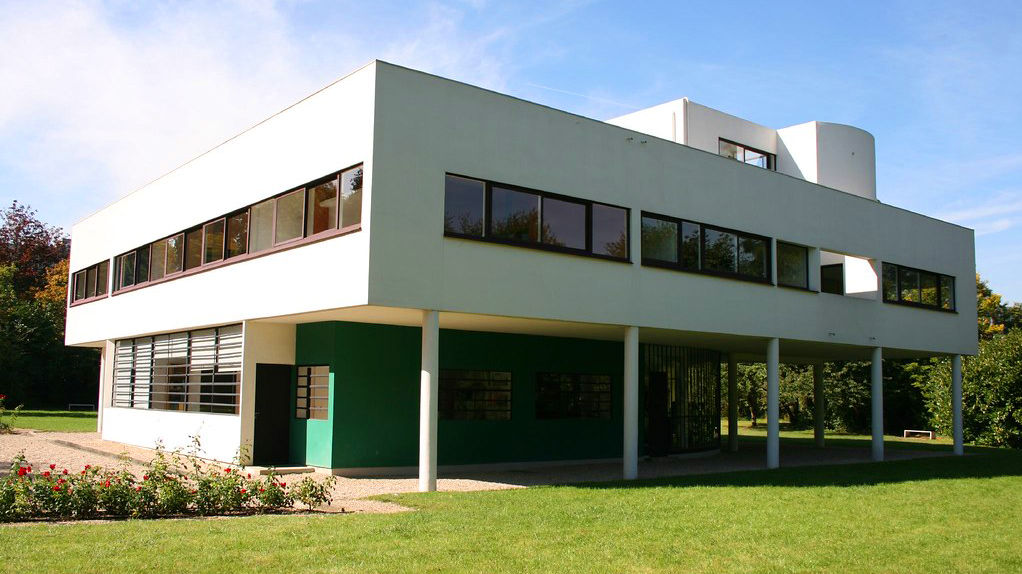
Before the Christian Reformation 500 years ago, the church was the editor of western civilization’s relationship with God. Martin Luther was just a human who saw beyond the institution that tried to define God for him, and everyone else. For Luther, and me, faith is intimately universal. Direct relationship transforms understanding.
There is a parallel happening this moment in architecture, music, art, writing and journalism. There is a direct, free and instant ability that a vast majority of those in the Western World have to connect. The advent of the smart phone, not even 15 years ago, put the world in the hands of each of us. That connection to everyone, everywhere, instantly, nearly free is ending the era of editors that prescribed what we could (or would not) see.
There are times when technology happens, and humans change. Machines not only made more things cheaper, they ended jobs and exploded cities. Transportation beyond our legs of the legs of the horses we used allowed for remote food and creation of those things the machines were making. We ended subsistence farming and making much of what we used.
Now, in architecture, the end of editors has meant that architects can now simply project who they are and thousands see it, sometimes millions, with no editor, press, magazine, galleries, university or institution to validate its worth. Architecture to the culture has just become what it is to the world we each live in: unfiltered experience.
The Gatekeepers of Architecture
Where did a century of editing the architecture we see come from?
Since photography distilled buildings into Architecture the tiny number of fine artists of Taste determined what anyone could see. Where once an etching or painting created a picaresque sense of what a building was, the clear, stark, often distilled fine arts images of architecture were the cutting edge of technology used to define a human art, the art of making buildings.
The brave new art of early fine arts photography simply loved images of abstraction — and in architecture that meant the similarly cutting edge sense that context, craft, ornament, even material were distracting noise in the truth of architecture.

Soon editors, gallery directors, universities and institutions used these fantastic photographs to show a traditional world what architecture could be, if the world had their insight. Architects loved the vision of an art detached from all the trappings of the vernacular, hidebound, pat answers of type and style our culture had applied o a new thing, built now, freshly invented — architecture.
So these gatekeepers, the Editors of Architecture became the lens through which everyone saw what had value in design. Whatever was not the new way was simply unseen in the journalism, publication, exhibits and gatherings of those who determined what Architecture was.
The Internet Reformation
In the world wide web era in which we now live, anyone can take exquisite photographs, videos, even create Virtual Reality renderings of the unbuilt, available at the click of an icon.
Humans change humanity sometimes.
In 1500, and for a thousand years before that, the Western world was completely enmeshed with God as the fundamental reason for everything we saw. That meant that an industry of religion had a huge importance and market. That meant that God, Jesus, could be accessed through that industry. Often exclusively.
Jesus was one of us, some of us still think he is one of us, but his humanity was less important to the industry of religion than its exclusive, correct and necessary connection from everyone to God through their knowledge and insight. Just like architecture and editors in the 20th century.
That precarious human creation of exclusivity of access to the universality of God and the humanity of Jesus simply could not stand. In one century, the monopoly of religion ended. The way to be with God was not through any human other than Jesus for many.
Even that direct connection is failing the humans who helped it to happen. In the coming disconnect between religion and faith, there is a very real lesson in this new era of universal access to the infinite. The very human reality of architecture can know be seen, felt, experienced with interpretation, selection, judgment. Architecture can simply be seen by anyone as offered by those who created it.
The current Reformation is in mid-formation. Magazines still try to have relevance to increasingly smaller audiences. Awards programs are exploding in the internet Reformation. Even Zoom tries to confer legitimacy at low cost when institutions select those worthy to share what they do in the instant, free, worldwide platform of the Internet.
But like the Gutenberg Bible, the internet has broken thru the control of the High Priests of Architecture, and allowed humans to search, rather than editors to control. The results may be odd for a century, but for 500 years the Reformation connected humanity to what some thought was privileged, judged, access to what they could not control. Things will change.

COMMENTS
Leave a Reply












